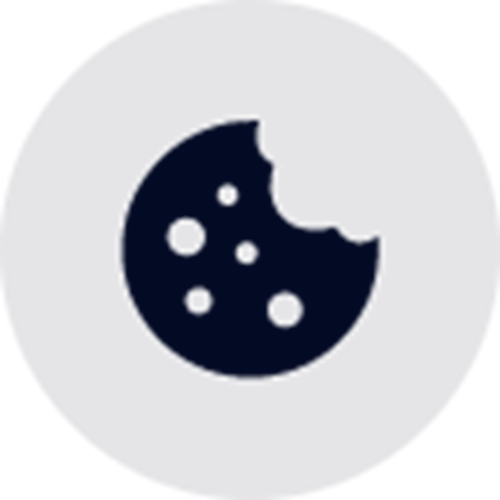Suitable directions of movement and moving the baby affect brain development
The potential line of the necessary movement of the pregnant woman in the directions of standing up is the vital basis of activating the healthy development of the newborn. With this, the central nervous system harmonizes the energy tension of the brain, which harmonizes completely spontaneously due to the evolutionary heritage of the human genome and gravity. To make the best use of it, i.e. to allow spontaneous action, very much depends on how we grasp, swaddle, hold and offer support to the baby immediately after birth.
The directions of raising, lowering and swaddling the baby are a guide for the nervous system to activate the developmental capacity or the given potential. This potential is demonstrated when using the natural process of synaptogenesis. It is the process of creating numerous synapses or networking connections in the brain. The greater the number of established connections and the greater the network of intertwined synapses, the more the given development potential or development capacity is used.
It is in this networking process that parents can get involved by knowing and being aware of the importance of the direction of movement and moving their baby. Suitable directions of movement are those in which the child's nose is pointed towards the ground during lifting and lowering. You should not keep your head in these directions.
What are the proper grips for moving the baby?
Rigid grasps of lifting straight up or partially to the side with the nose turned up trigger the Moreau reflex, which is actually a sign of unfavorable direction, which the central nervous system perceives as a fall, even though the head is supported. Doing so, erector muscles are activated quite spontaneously, and the flexor muscles are in a difficult position due to this and because of not yet established muscle control, they cannot pull the chin down, even though we hold the child's head with love and extreme care.
Try to hug the child determinedly, softly and at the same time firmly with your palms around the chest, but at the same time do not squeeze your fingers, do not hold them under the armpits or around the shoulder blades and shoulders, because this prevents the optimal organization of the skeleton, and the muscles cannot adequately revive and develop the functionality of connections that direct the creation of patterns of our functioning.
The human body knows what it needs to do for its optimal development, so let's listen to it and allow the life force the spontaneous path of development that is given by evolutionary inheritance.
Andreja Semolic, a sports pedagogue, an internationally certified practitioner of the Feldenkrais® method







